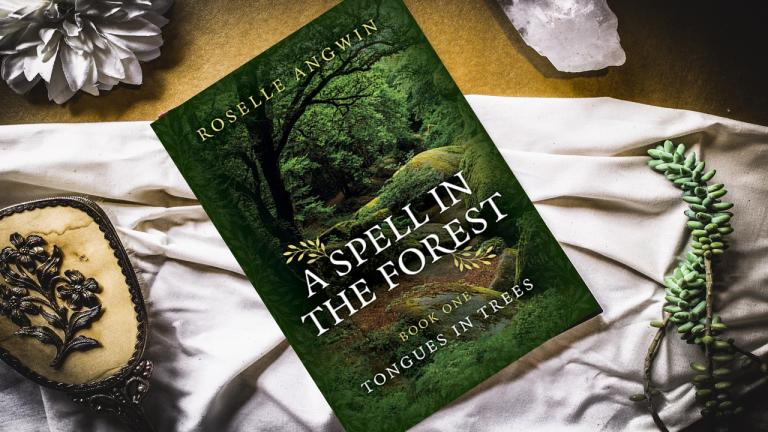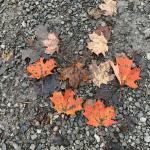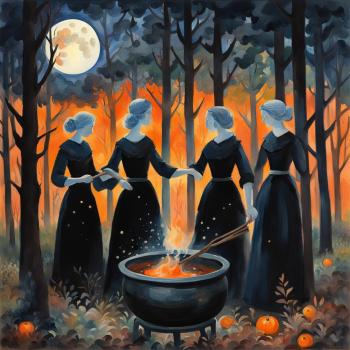I love trees and I am not ashamed to say that I am a literal tree hugger. Of course, growing up in Las Vegas there weren’t many trees in my yard to hug unless I wanted to wrap my arms around the spiky bark of the two large palm trees planted amidst a sea of rocks. When I moved to Washington several years ago, I was enchanted by the forests, lush with oaks, pines, and maples. A few years ago, I received the book The Hidden Life of Trees as a gift and I devoured it. Finally, someone was able to confirm my long held suspicion that these monoliths of bark, branch, and leaf had lives, needs, and even ways of communicating with their brethren beyond what could be seen by the naked eye.
Roselle Angwin’s book entitled A Spell in the Forest – Tongues in Trees has deepened my knowledge of and love for trees and is the perfect resource for a time in which there is an upsurge of interest in this topic. This increase in interest goes, I believe, beyond viewing trees as simply a resource for us to cut down and use but also as a reservoir of wisdom. In a time when we as a society continue to feel more and more isolated, trees help us to increase our sense of connection. A Spell in the Forest is one of the best manuals I have seen for how to understand, appreciate, and develop a relationship with these sacred plant life forms.
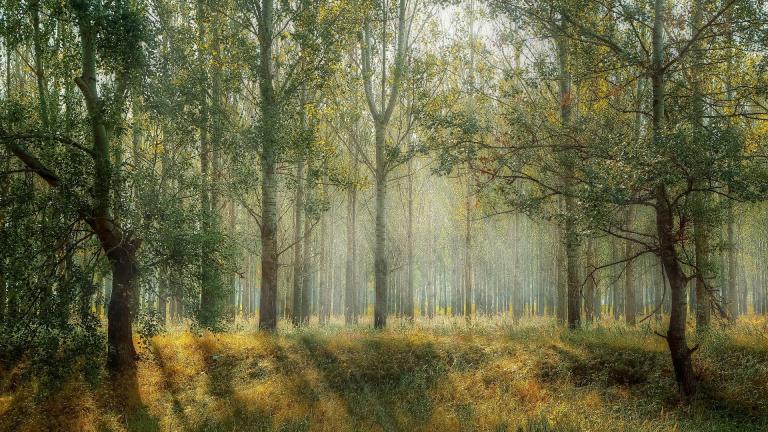
Angwin’s book is broken down into three parts. The first part of the book is more academic, as the author draws on her knowledge of plant life, animals, and stones that one may find in the forest. It is here that we learn interesting traits of trees, such as that they thrive in communities and actually have a way of communicating with and helping other trees. Intertwined with information about how our ancestors utilized and viewed trees is an exploration of the spiritual significance of trees and the myths and symbols associated with them. Angwin’s talent for bringing the forest to life can be seen in many of her descriptions and poems which appear throughout the book. As one example, Angwin states the following:
“Entering the forest is also like going underwater – entering a green watery realm: the fluid dance of light on and through leaves, the shush of breeze in the canopy so like the ocean and its waves…” (26)
The forest taps into the wildness within us. As Angwin points out, in addition to its beneficent qualities such as improving our immune systems and providing us with shelter and shade, the forest can also be a bit intimidating. It is a liminal place, a place that can act as a threshold and a starting point for transformation. Angwin asserts that when “our lives become too small and our lies no longer hold” we may find ourselves at the entrance to the dark forest, one where we must forge a path forward and make a trail for ourselves in order to access the soul gifts that the forest offers.
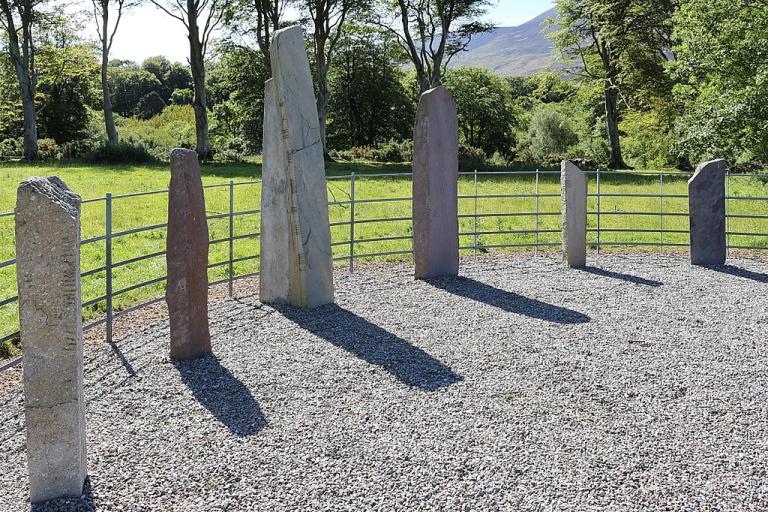
Part Two brings us back to the spiritual and/or mystical aspect of trees by providing in depth information on the ogham, an ancient alphabet which is also used in divination. This section of the book delves into “The Song of Amergin”, which is considered to be one of the earliest if not the earliest Irish poem. Angwin provides the reader with her version of the song which is followed by an immersion into the history, habits, gifts, mythology, and symbolism of the thirteen sacred Celtic trees. This information is presented in a month by month format.
Finally, Part Three provides the reader with something that I have not seen in other books of this nature. Outlined in Part Three is a 13-month program which includes tangible, hands-on ways to connect with and build a relationship with trees within the framework of the Celtic tree calendar. These methods are varied and include but are not limited to physical contact with trees, meditation, journaling, and creating art. Angwin also points out the importance of considering the health of our environment for, as she says:
“It is no longer possible to write a book about trees – about any aspect of the whole miraculous natural world of which we’re an integral part – without addressing the climate crisis, and the extinction crisis, and the looming food and water crises, each of which has happened at our hands and in each of which trees play a part, major or minor.” (243)
In addition to information about environmental impacts and the crises mentioned in the author’s quote, there is a long list of practical suggestions for steps any individual can take to help the environment and hopefully stave off or at least mitigate these crises.

A Spell in the Forest is informative and inspiring. The combination of scientific fact, poetry, storytelling, and suggestions for engagement with the subject matter is unique. A Spell in the Forest is both comprehensive and beautifully written. It is a guide that this tree lover will return to again and again.
Be sure to read my book, Persephone: Practicing the Art of Personal Power, available now!


